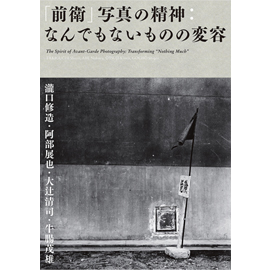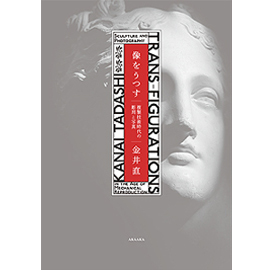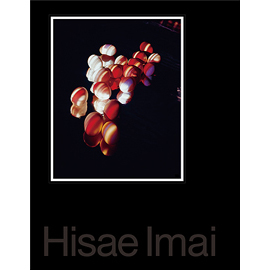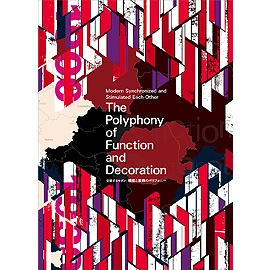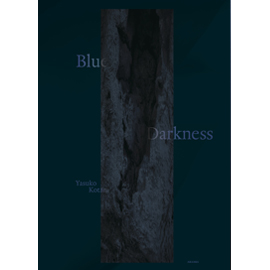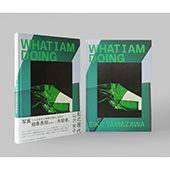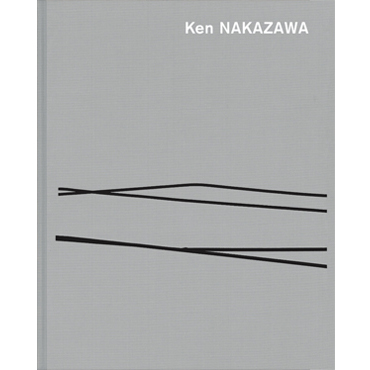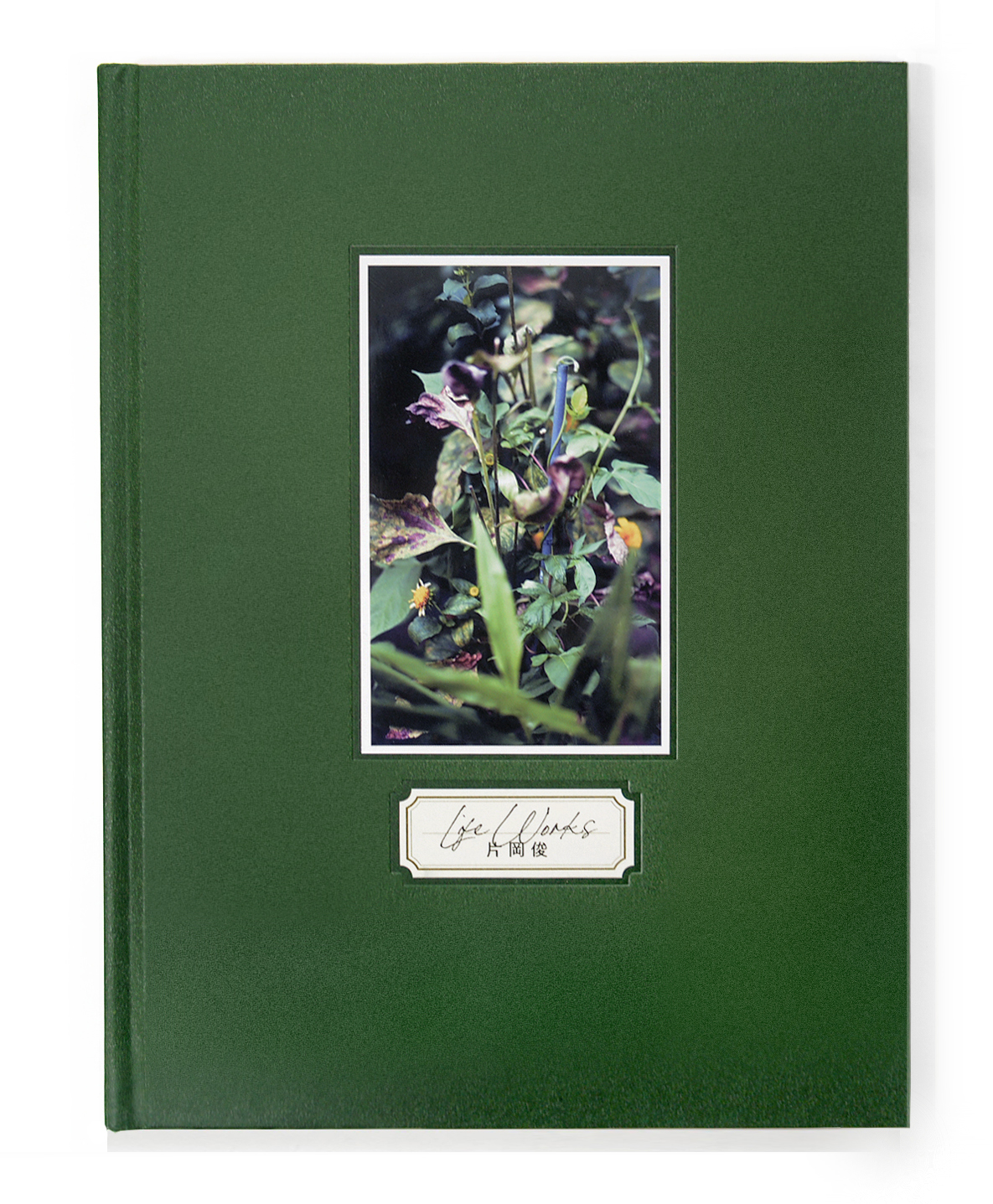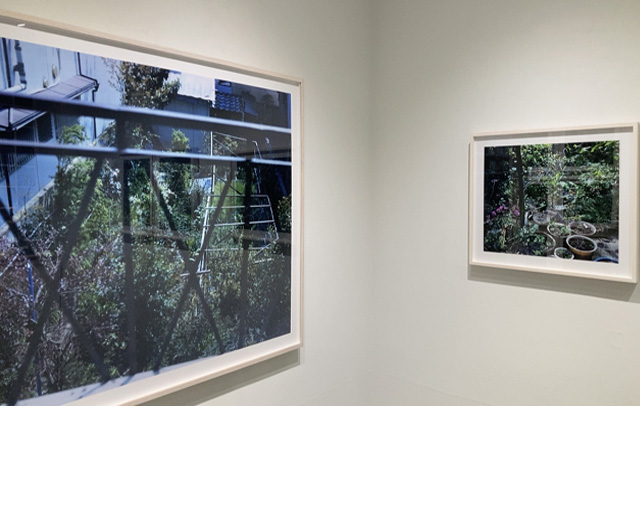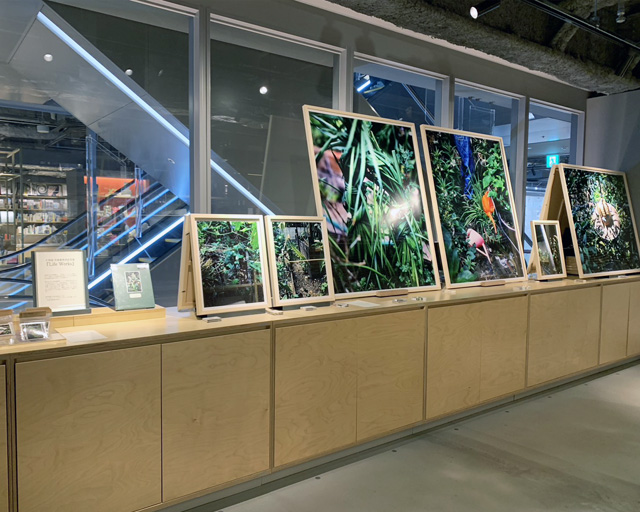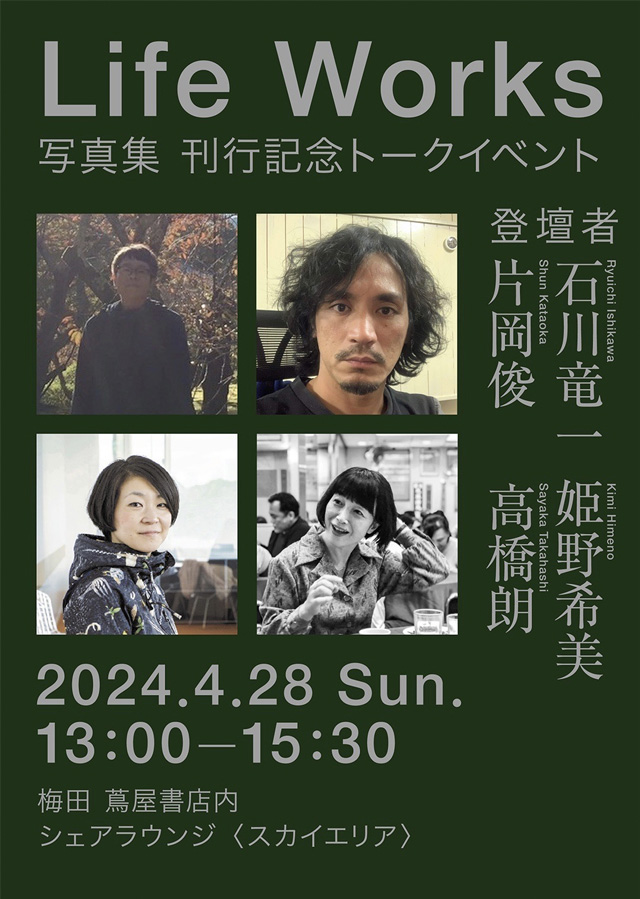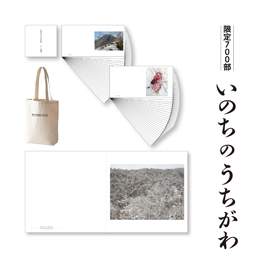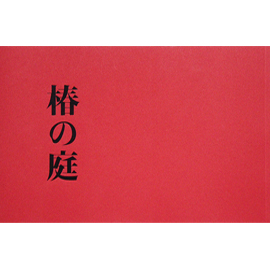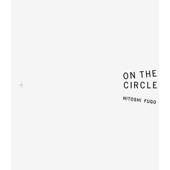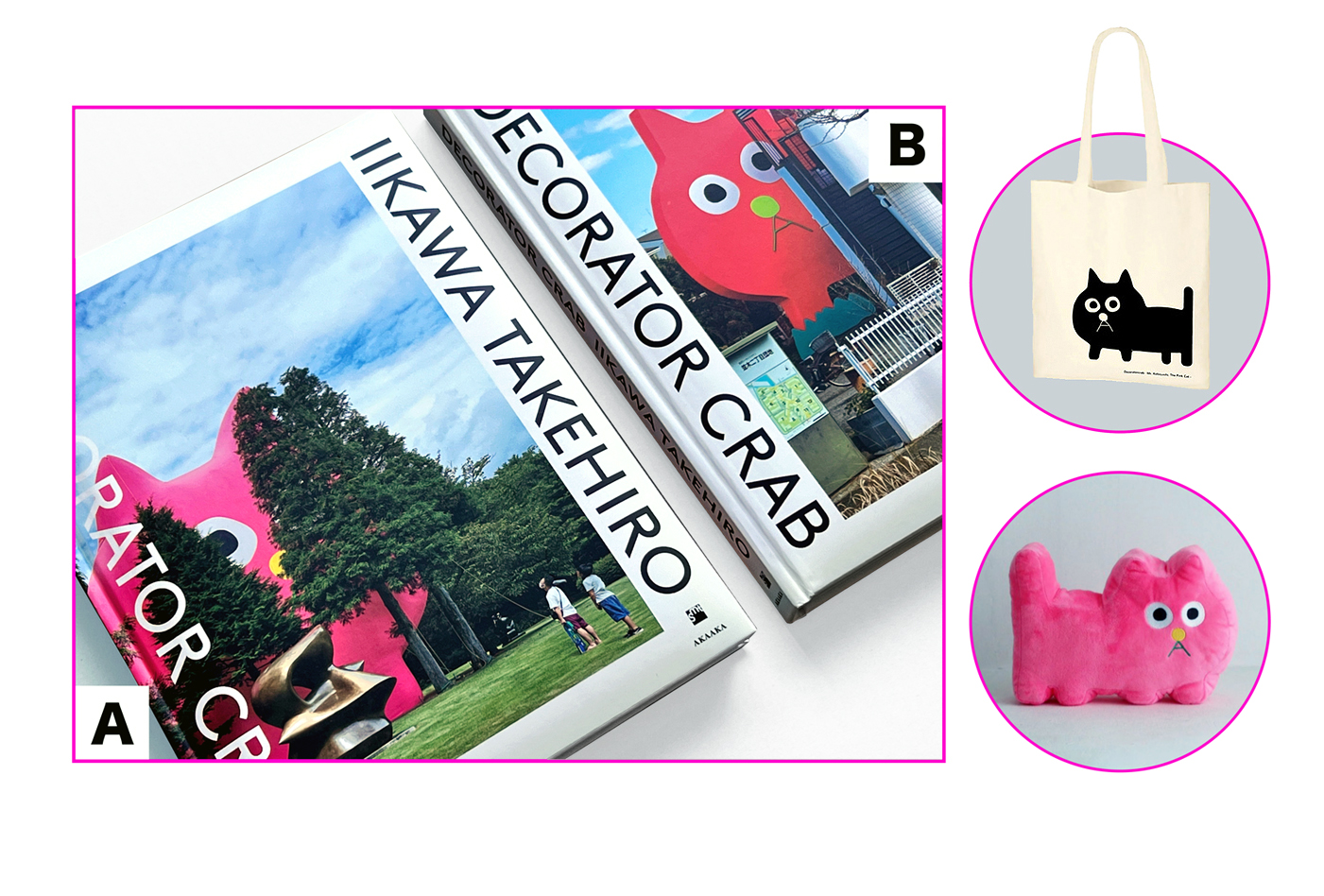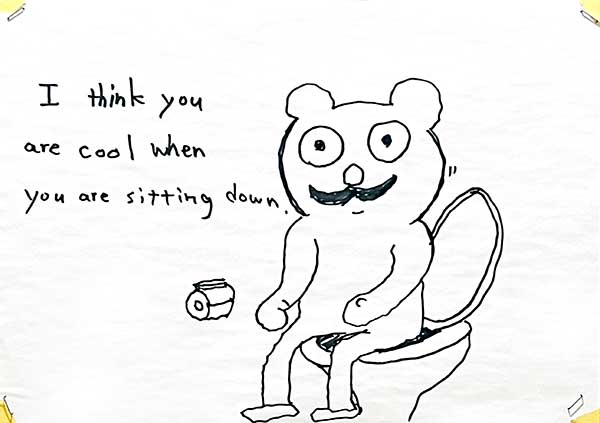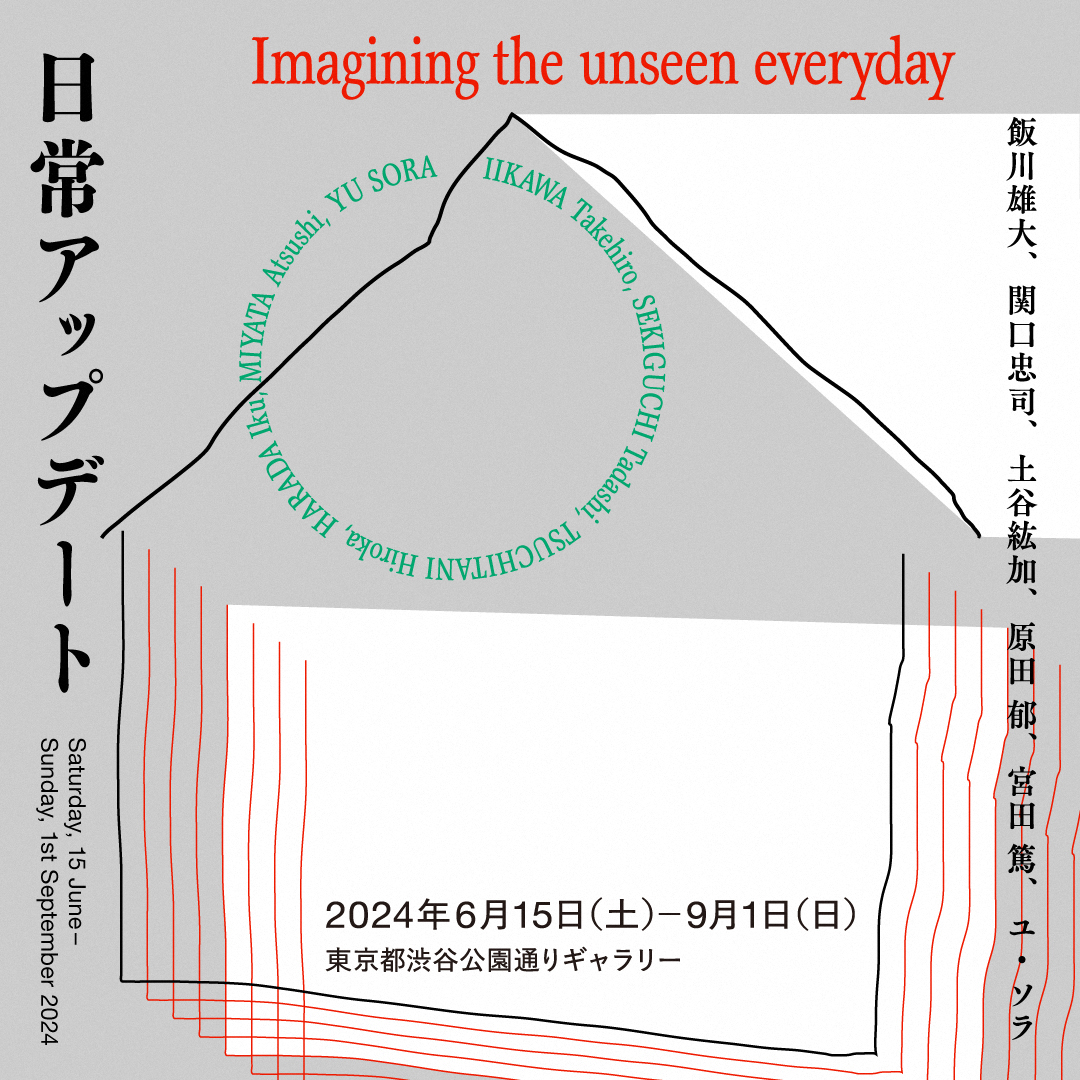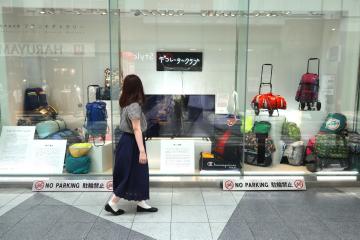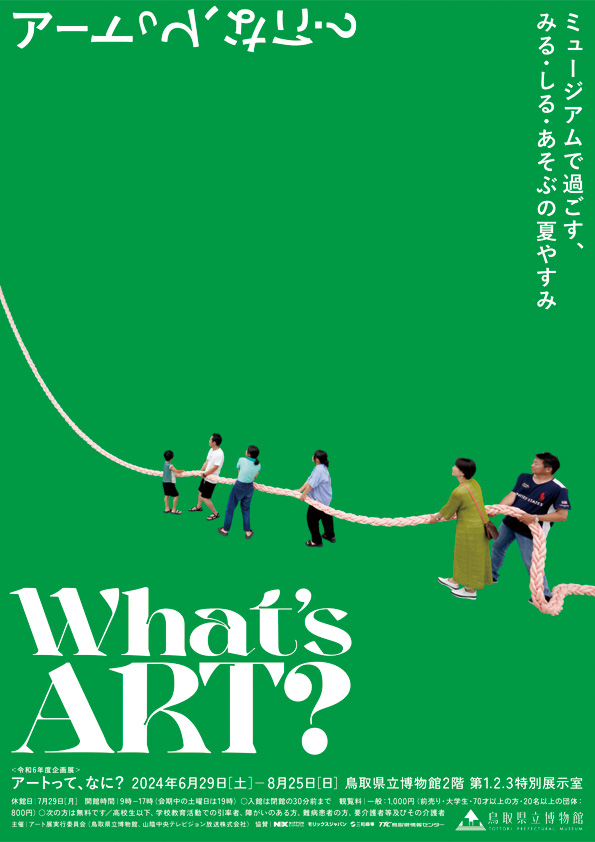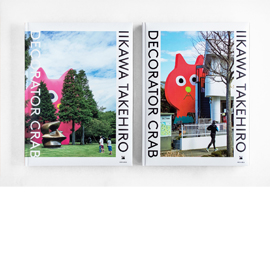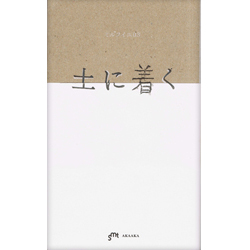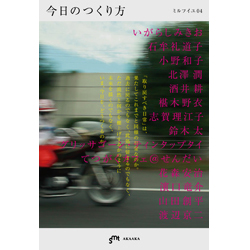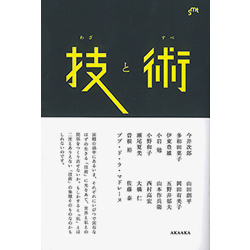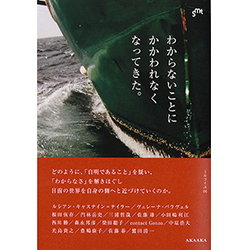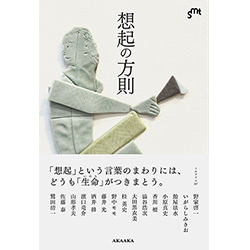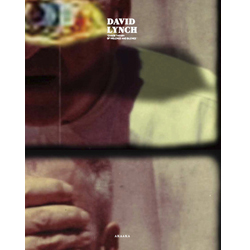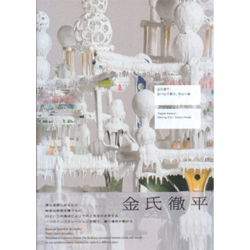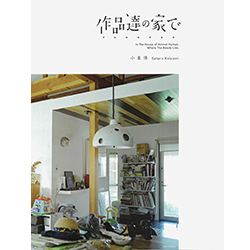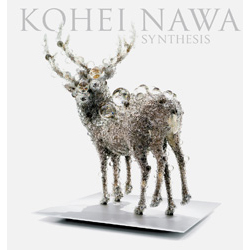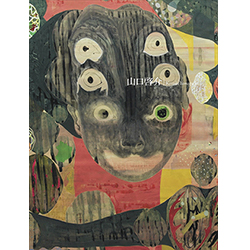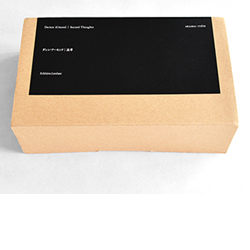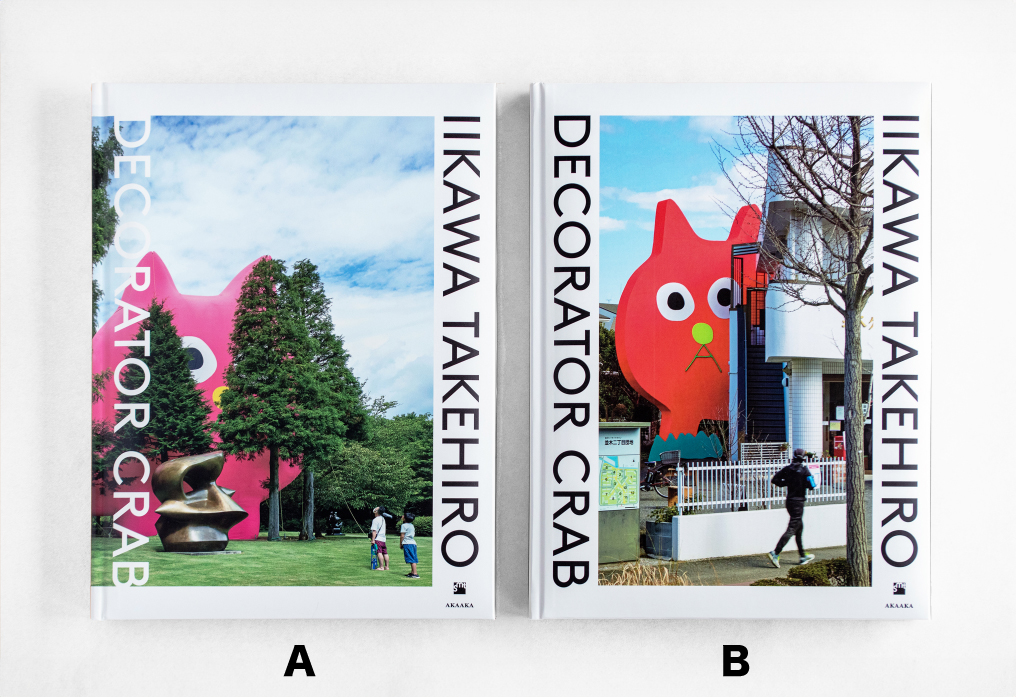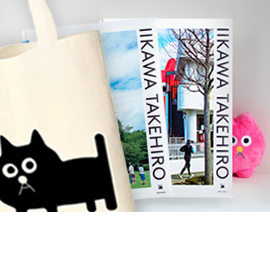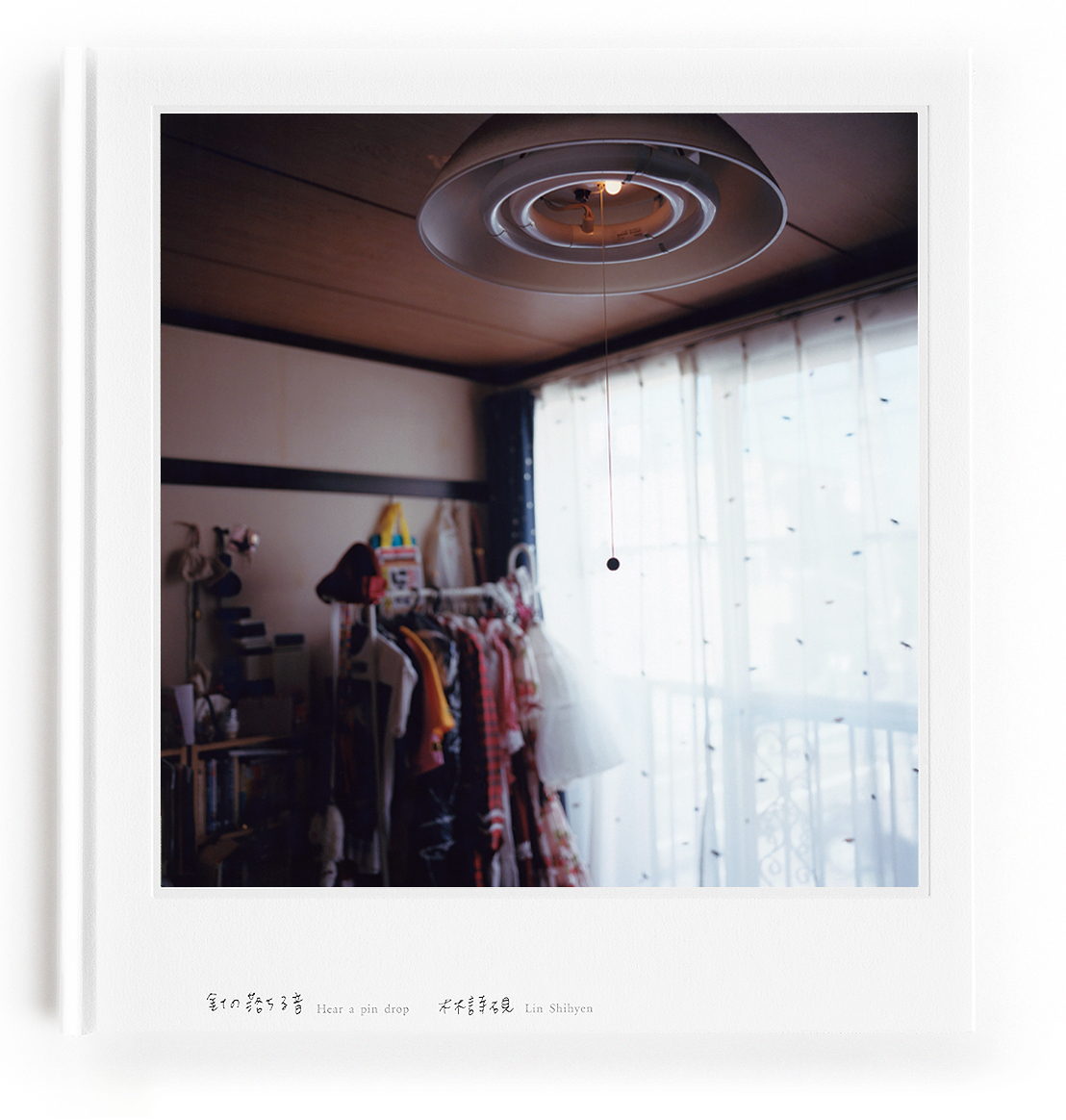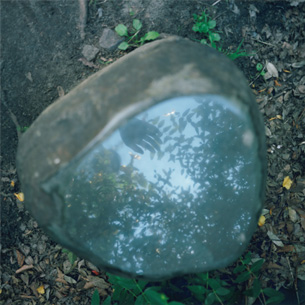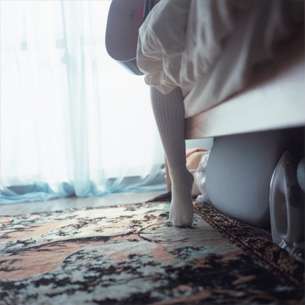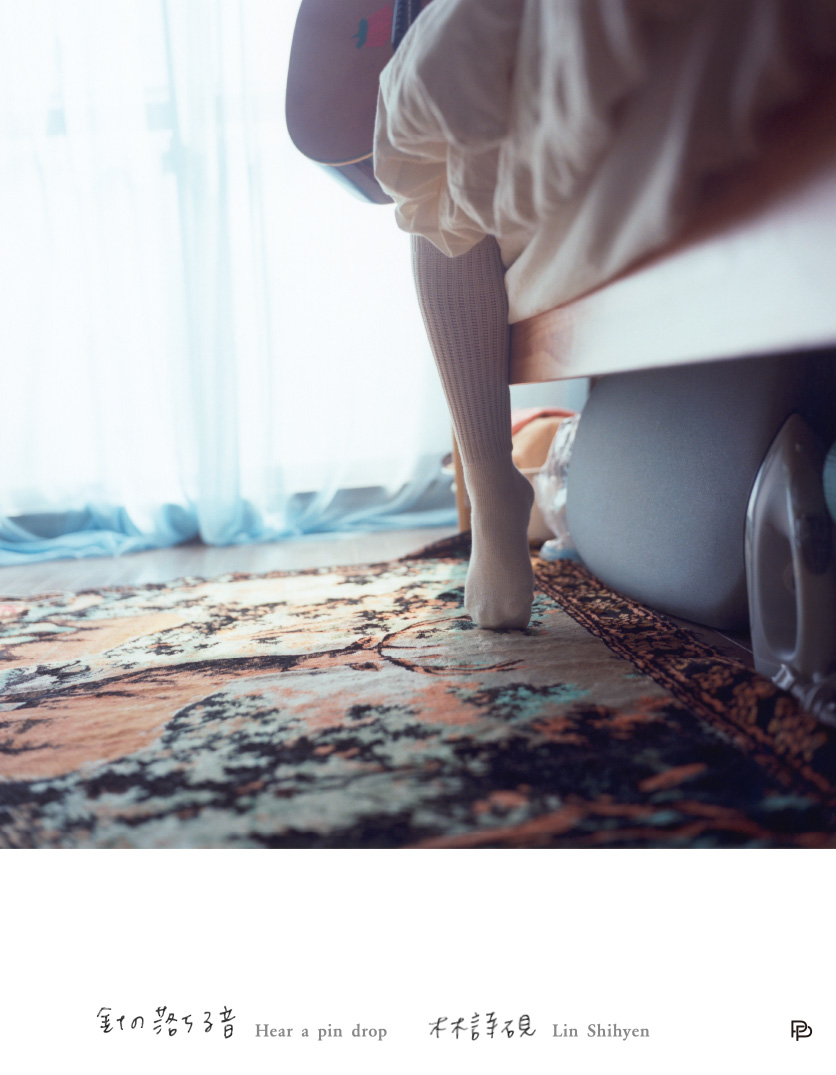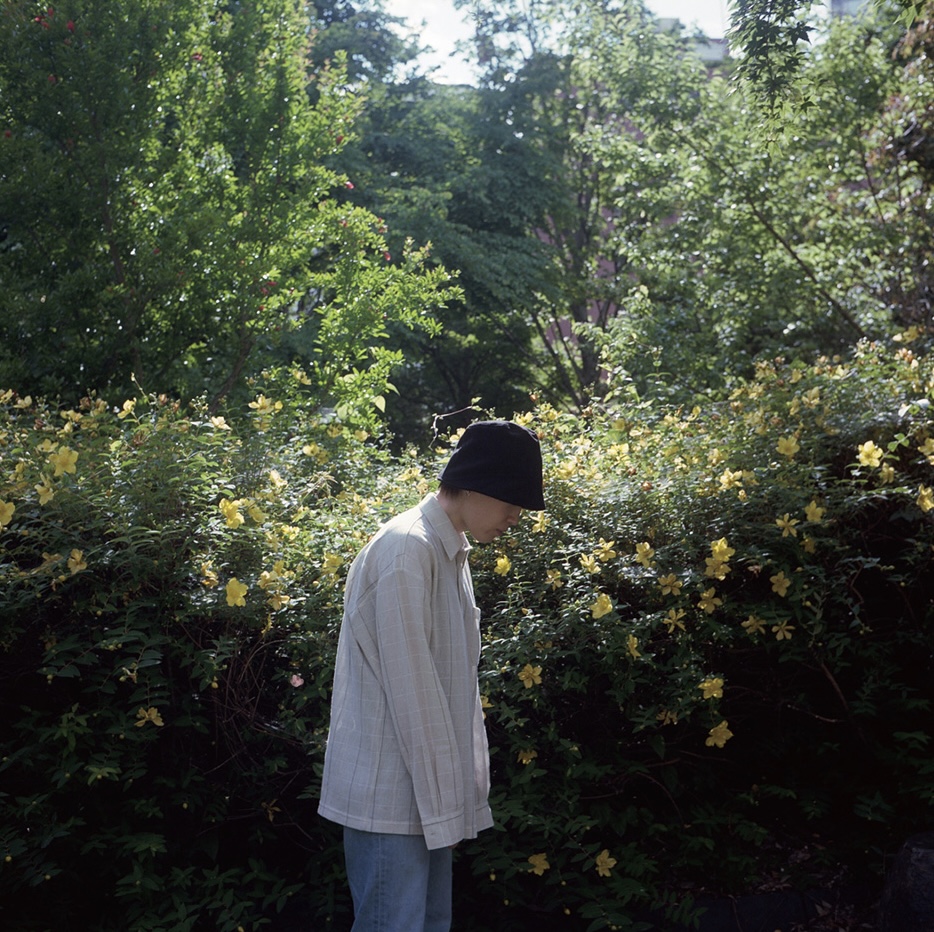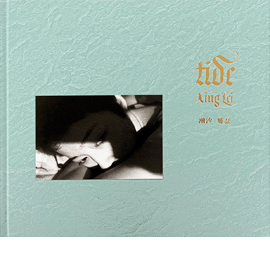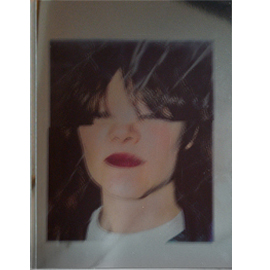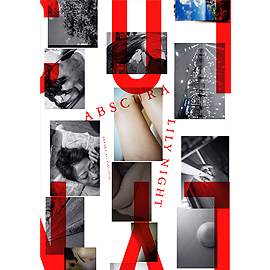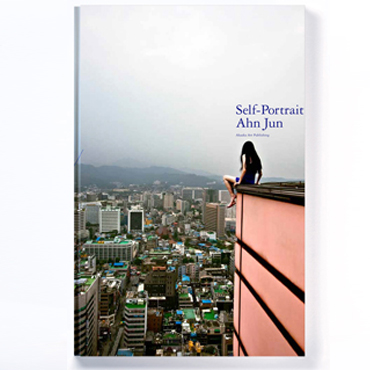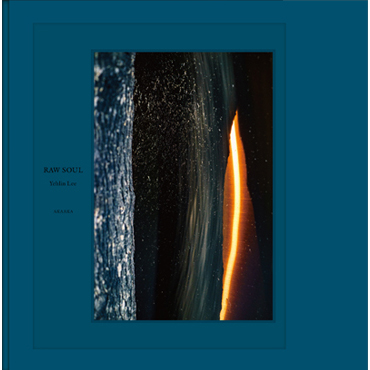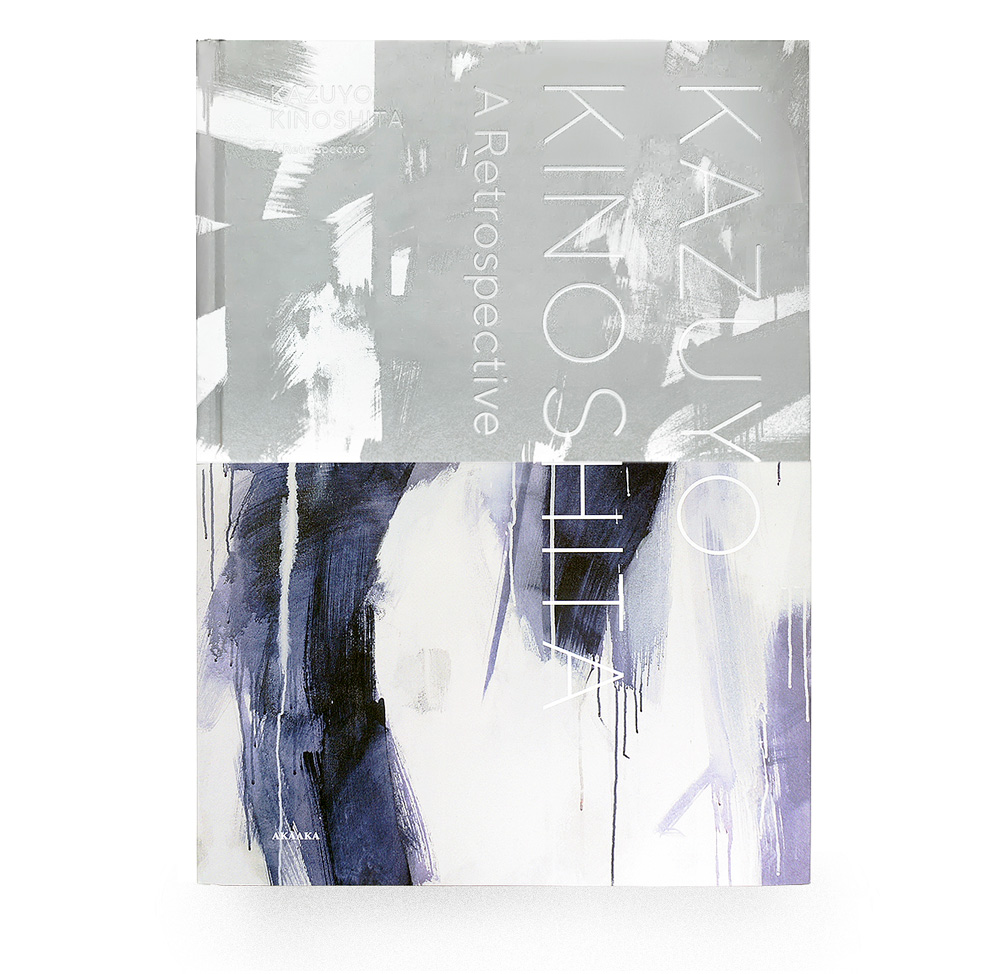
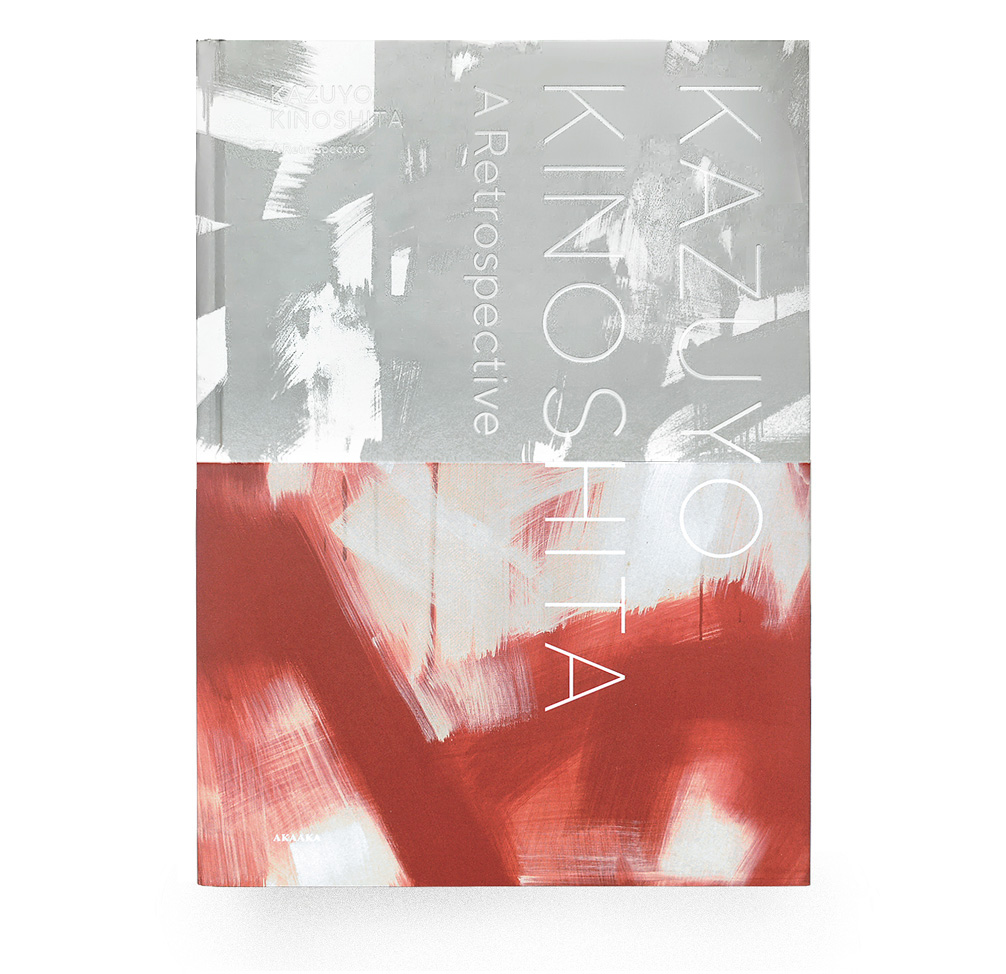
『没後30年 木下佳通代』
発行:赤々舎 Size:H262mm × W188mm Page:304 pages Binding:Hardcover Published in May 2024 ISBN:978-4-86541-185-0 ※表紙2種、中身同一 2 cover colors (the contents are the same). |
¥ 3,000+tax
国内送料無料! お支払い方法は、PayPal、PayPay、Paidy 銀行振込、郵便振替、クレジットカード支払いよりお選び頂けます。 |
|---|
About Book
描くものすべて──
初期作品から、代表作、そして絶筆にいたるまで、その表現の全貌に迫る
「存在とは何か」
KAZUYO KINOSHITA: A Retrospective
KAZUYO KINOSHITA, who studying painting at Kyoto University of the Arts, began exhibiting while still a student. During the 1960s, influenced by the avant-garde art collective Group "i"gathering of artists in Kobe, she began to explore more deeply her burgeoning interest in questions of existence. In the 1970s she produced numerous works that used photography to ponder the relationship between image and perception, and image and matter. Kinoshita's photo series, lucid expres- sions of her idea that "while there is absolute existence and relative existence, there can be only one existence," earned her high acclaim at home and abroad for their distinctly cerebral ap- proach. It was an approach also in keeping with currents in international art during this period, leading to a solo exhibition for Kinoshita in Heidelberg in 1981.
Coinciding with this first overseas solo outing, Kinoshita undertook a series of experiments to see if it were possible to make works using a method other than photography, without changing her actual concept. The early '80s saw her wielding pastels in works that explored com- patibility of material and expression, before returning once more to painting. Having reached the conclusion that the best approach would be to personally create existence itself on the picture plane, Kinoshita succeeded in breaking away from schematic concepts. After naming the first work in this new series'82-CA1,Kinoshita altered the look of "existence"on the picture plane frequently, with each new iteration of her ever-changing brushwork. On receiving a cancer diagnosis in 1990 she visited Los Angeles several times seeking treatments, continuing to work untiringly during her sojourns in the city. In 1994 Kinoshita passed away in Kobe, at the age of fifty-five, leaving a legacy of paintings and drawings numbering over 700 just since her return to painting in 1982.
This book is composed of three chapters tracing different periods of Kinoshita's career, exploring every facet of her practice via very early works rarely or never shown in public, the photographic works that made her name in Japan and further afield, and the paintings that became her life's work after 1982. The constant, underlying theme of Kinoshita's practice -- interrogating the nature of existence -- resonates as strongly in today's world as it did during her lifetime.
"This work was done by initially painting with a brush, then wiping with a cloth. The wiping means that the plane of the canvas and plane with the paint on it are of equal value. I did this because in my own mind, this is the same as it has always been, because I have a constant desire to make two-dimensional planes equal. Adopting that method, making the work itself an entity. All entities, like stars in the heavens, were created by the gods and may appear to be random, but exist in a specific relative order. But as far as we can tell, they exist naturally, and that existence is incred- ibly powerful. I want the painting to be an entity like that. "
Excerpts from "An interview with Kinoshita Kazuyo"
contribution:
"Kinoshita Kazuyo: A Remembrance" Kumada Tsukasa(Art Historian)
"Photography and Conceptualism" Tatehata Akira(Director, the Museum of Modern Art, Saitama)
"Crystallizations of Artistic Thought: The Photographic Works and Paintings of Kinoshita Kazuyo" Mitsuda Yuri(Professor, Tama Art University Graduate School Director, Tama Art University Art Archives Center Director, peu/art cottage)
Contents
010 Essay 1 今、 再び、「みる」ことについて ── 木下佳通代の作品と活動 大下裕司 図版 041 Chapter 1 1960-1971 057 Chapter 2 1972-1981 135 Chapter 3 1982-1994 186 Essay 2 私論 ── 木下佳通代のこと 熊田司 191 Essay 3 写真とコンセプチュアリズム 建畠晢 194 Essay 4 思考の結晶 ── 木下佳通代の写真と絵画 光田ゆり 204 Interview 1 木下佳通代 インタビュー(再録)(編・鴫原悠) 217 Interview 2 植松奎二インタビュー(編・佐藤あゆか) 276 References 1 年譜(編・中村史子) 288 References 3 参考文献(編・中村史子、奥野桃子、浦川慶子) 292 References 4 出品リスト 300 References 5 木下佳通代 資料 |
024 Essay 1 On "seeing," revisited -- Works and practice of Kinoshita Kazuyo Oshita Yuji Catalogue 041 Chapter 1 1960-1971 057 Chapter 2 1972-1981 135 Chapter 3 1982-1994 226 Essay 2 Kinoshita Kazuyo: A Remembrance Kumada Tsukasa 232 Essay 3 Photography and Conceptualism Tatehata Akira 236 Essay 4 Crystallizations of Artistic Thought: The Photographic Works and Paintings of Kinoshita Kazuyo Mitsuda Yuri 250 Interview 1 An interview with Kinoshita Kazuyo 265 Interview 2 An interview with Uematsu Keiji) 286 References 2 Profile 292 References 4 List of Works 300 References 5 Material of Kinoshita Kazuyo |
Related Exhibitons
|
「没後30年 木下佳通代」 会期:2024年5月25日(土)~8月18日(日) 時間:10:00〜17:00 会場:大阪中之島美術館(大阪府大阪市北区中之島4-3-1) 休廊日:月曜(但し、7月15日、8月12日は開館) 記念講演「カズさんのことー木下佳通代という芸術家」 日時:2024年6月22日(土)14:00〜15:30 登壇者 植松奎二(美術家) 定員 150名、参加無料(要展覧会観覧券) 講演+上映「再考・再生『ヴィデオ / 京都 / 1974』」 日時 2024年7月20日(土)14:00〜15:30 登壇者 今井祝雄(美術家)ほか 定員 150名、参加無料(要展覧会観覧券) |
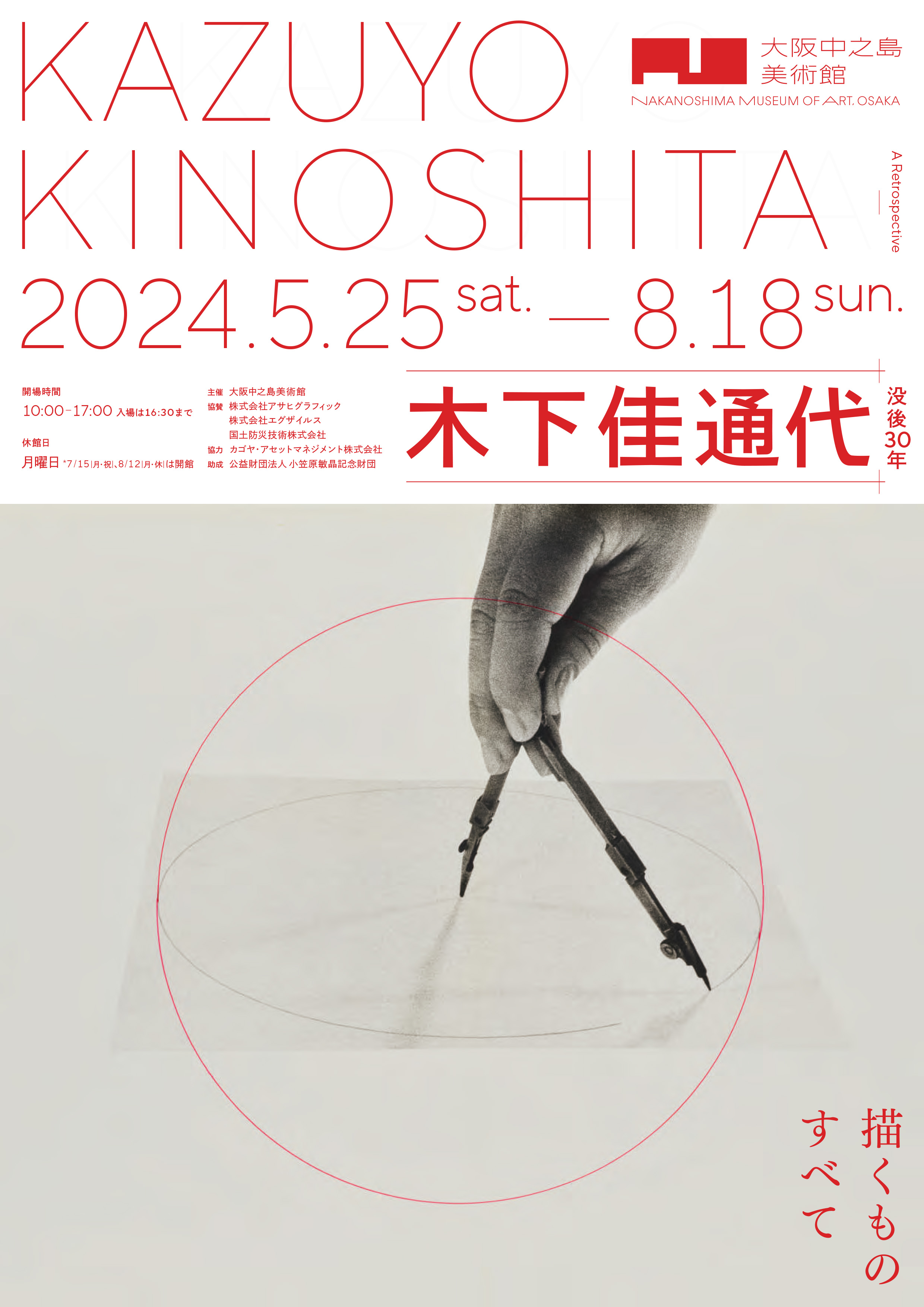
|
|
【巡回展】「没後30年 木下佳通代」 会期:2024年10月12日(土) 〜 2025年1月13日 (月・祝)) 時間:10:00~17:30 会場:埼玉県立近代美術館(埼玉県さいたま市浦和区常盤9-30-1) 休廊日:月曜(但し、10月14日、11月4日、1月13日は開館、12月27日~1月3日) |
|
|
Artist Information
木下 佳通代(きのした かずよ)
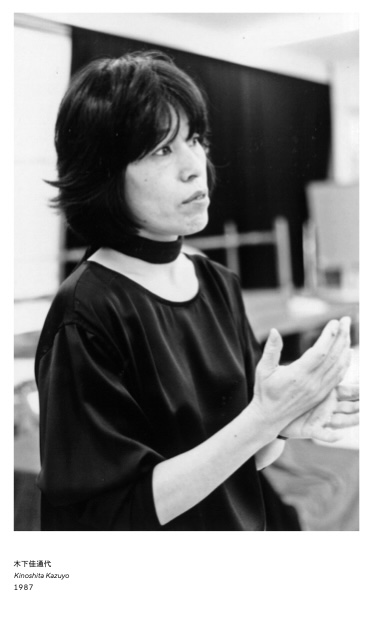
|
1939年:神戸市長田区生まれ。中学・高校は親和学園(神戸市)に通う。 1958年:京都市立美術大学(現京都市立芸術大学)に入学し黒田重太郎や須田国太郎に師事。 1962年:大学卒業後、神戸市立丸山中学校、親和学園などで美術教師を務める。 1965年ごろ:河口龍夫、奥田善巳らのグループ〈位〉と共に活動する。 70年代前半:ギャラリー16(京都)、村松画廊(東京)で定期的に個展を開催した。 1977年:第13回現代日本美術展兵庫県立近代美術館賞を受賞。 1981年:彫刻家・植松奎二の紹介でハイデルベルク・クンストフェライン(ドイツ)で個展を開催。 1982年:第11回ブルーメール賞美術部門を受賞。突如としてこれまでの作風を捨て、抽象絵画の制作を開始。 1990年:がんの宣告を受けて闘病生活に入る。治療法を求めてロサンゼルスを度々訪問。現地でも制作を行った。 1994年:神戸にて55歳で没する。 2015年 「来たるべき新しい世界のために:1968 年 から1979 年における日本の写真と美術の実験」 展 (ヒューストン美術館ほか)に出品されたことで、 再び注目を浴び始める。 |
KAZUYO KINOSHITA
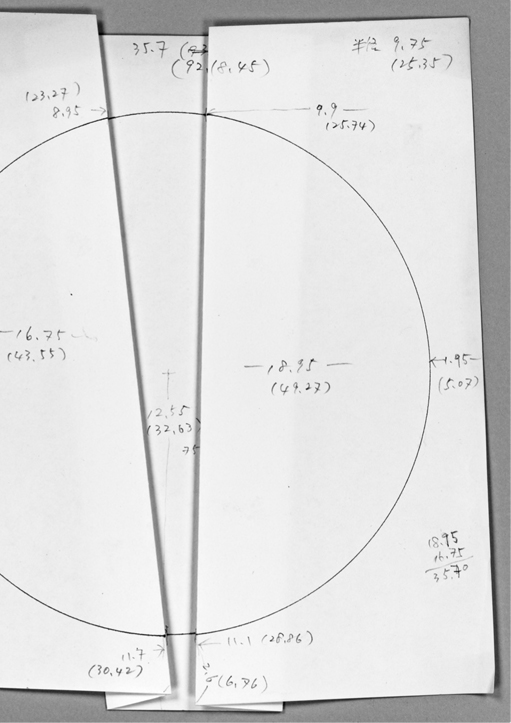
|
1939 Born on April 18 in Kobe, Hyogo Prefecture. 1958 Enrolled in the Western-style painting department at Kyoto City University of Arts. . 1962 Graduated from the same department. While working as a teacher, she began to energetically devote herself to her artistic practice. 1965 Joined in the activities of Group "i" (formed by Kawaguchi Tatsuo, Okuda Yoshimi, and others).Participated until 1968. 1977 Received the Hyogo Prefectural Museum of Modern Art Prize in the 13th Contemporary Art Exhibition of Japan, in which she showed Work '77-D (cat. no. 48). 1994 Died of breast cancer in Kobe. Solo Exhibitions 1972 galerie 16, Kyoto (also 1973--1978, 1980, 1982, 1991) 1974 Muramatsu Gallery, Tokyo (also 1975, 1976, 1978, 1980, 1982, 1983) 1979 Tor Road Gallery, Kobe, Hyogo (also 1982, 1984 --1991) (Note: The 1979 exhibition was a two-person show with Agnes Martin; the other were solo shows.) 1981 Kazuyo Kinoshita 1976 --1980, Heidelberger Kunstverein, West Germany 1989 AD&A Gallery, Osaka (also 1991, 1992, 1994, 1996) 2005 Gallery Shimada, Kobe, Hyogo (also 2014, 2016) 2017 In Search of Substantiality -- Unifying the Absolute and the Relative,Yumiko Chiba Associates Viewing Room Shinjuku, Tokyo ANOTHER EXISTENCE, Gallery Yamaki Fine Art, Kobe, Hyogo. Group Exhibitions 1963 Kyoto Independents Exhibition, Kyoto City Museum of Art (also 1971, 1973, 1975, 1977--1985) 1976 Contemporary Art Exhibition of Japan, Tokyo Metropolitan Art Museum, Kyoto City Museum of Art (also 1977, 1979) 1978 ART NOW '78, Hyogo Prefectural Museum of Modern Art (now the Hyogo Prefectural Museum of Art) 1982 Travaux sur papier, objets, photos, Centre d'action Culturelle, Paris, France 1983 Photography in Contemporary Art, The National Museum of Modern Art, Tokyo, The National Museum of Modern Art, Kyoto 1988 The 24th Artists Today Exhibition: Phases Multiplar Movement, Yokohama Civic Art Gallery, Kanagawa 1989 Das Foto als autonomes Bild: Experimentelle Gestaltung 1839--1989, Kunsthalle Bielefeld,West Germany & Bayerische Akademie der Schönen Künste, München, West Germany 2015 For a New World to Come: Experiments in Japanese Art and Photography, 1968--1979, Museum of Fine Arts, Houston, USA & Japan Society Gallery, New York, USA 2018 New Wave: Japanese Contemporary Art of the 1980s, The National Museum of Art, Osaka |
Related Items
|
|
|
|
|
|
|---|
|
山沢栄子
『私の現代』 (Out of Stock) |
|
|---|

